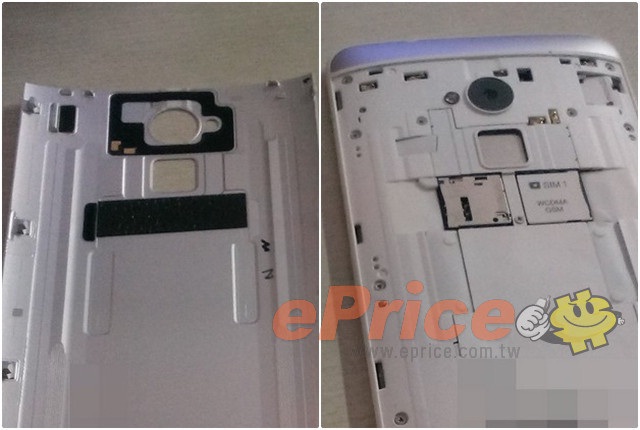The mystery of Flight MH370 was one that got the world to sit up in shock. How could something as large as a 777 airliner just disappear? Surely the world’s governments have enough technology to track and locate a plane? Despite the ongoing investigation, one thing is for sure: technology has helped narrow down the possible search areas. With any luck, we will come across the missing airliner in the next few weeks. Until then, here are some of the tech innovations which have been used to locate the missing Flight MH370.
Transponders
Found in every plane’s cockpit, these devices send signals back to the nearest radar stations with basic plane and flight details. Normally, this would be the first method used of locating a missing airliner. However with MH370, the transponder stopped working an hour into the flight either because the pilot shut it down due to a fire or a terrorist intentionally turned it off so the plane couldn’t be tracked.
Black Boxes
These heavy duty boxes are designed to withstand the impact of an airplane crash. They contain all vital information of a plane’s flight and are found in each airliner. Black boxes are also equipped with a pinger which sends out shorts signals to aid in the recovery process. The batteries only last 30 days. However, the information stored in these devices can last for years.
Buoys
As MH370 most likely crashed into the sea, authorities have had to take underwater currents into account. To help with this, a number of buoys armed with GPS have been dropped into the Indian Ocean. This data will reveal exactly how the ocean is moving and help investigators narrow down or alter the search area accordingly.
Mobile Phones
In the wake of the recent NSA scandal, many people asked why the world’s governments couldn’t just track the mobiles of the passengers on flight MH370. Even with commercial mobile app development specialists like Creation Application, it is impossible for a smartphone to connect to the global network and be located if it is too far away from an antenna tower.
Satellites
These have been one of the most useful pieces of technology in the search for the missing Malaysian Airlines jet. First, satellite tracking was used to determine the path of the plane after the transponder turned off using the Burst Frequency Offset method. Second, satellite images have been used to identify oil slicks and debris which may give clues to the missing jet’s current location.
Towed Pinger Locators
As mentioned before, the black box is designed to send out pings for 30 days after a crash. To find this signal, ships can drag a Towed Pinger Locator (TPL) behind them. Some more advanced TPLs can dive up to 20,000 feet below the surface to better improve the chances of finding the missing plane and the vital information that the black box carries within.
Autonomous Underwater Vehicles
Another technological innovation used to narrow down the search is the Autonomous Underwater Vehicle (AUV). This device can descend to up to 20,000 feet and uses sonar to map the sea floor. By sweeping an area in a grid-like fashion, they can spot any unusual objects deep underwater. These are currently being utilised to try and find the wreckage on the bottom of the ocean.
In this day and age, we are lucky to have these sorts of tools at our fingertips especially when it comes to emergencies such as this. Hopefully we can locate the missing flight and discover what really happened to these unfortunate souls so we can avoid circumstances such as this one in the future.



